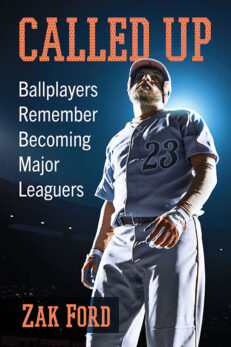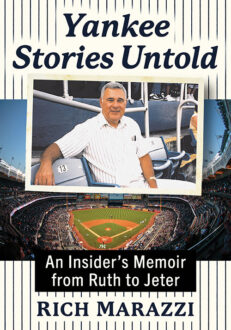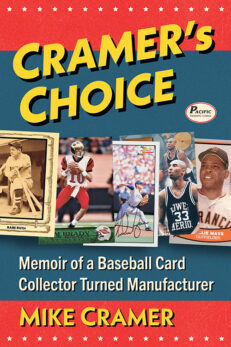Cantor William Sharlin: Musical Revolutionary of Reform Judaism
Jonathan L. Friedmann
William Sharlin (1920–2012) was a cantor, synagogue composer, teacher and musicologist. Raised in an Orthodox household, he turned toward Universalism and the liberal Reform movement. A member of the first graduating class of the first cantorial school in America, he was a founding member of the American Conference of Cantors and is recognized as the first to play a guitar in the synagogue. Sharlin developed the Department of Sacred Music at HUC in Los Angeles, where he taught for 40 years, trained women to be cantors before they were allowed in the seminary, and spent nearly four decades at Leo Baeck Temple.
Drawing on interviews conducted with Sharlin late in life, the author chronicles the career of one of the most inventive and creative figures in the history of the cantorate.

















 New on our bookshelf:
New on our bookshelf: New on our bookshelf:
New on our bookshelf: New on our bookshelf:
New on our bookshelf: New on our bookshelf:
New on our bookshelf: Now available in softcover:
Now available in softcover:




















 New on our bookshelf:
New on our bookshelf: New on our bookshelf:
New on our bookshelf:











 New on our bookshelf:
New on our bookshelf: New on our bookshelf today:
New on our bookshelf today:



























 New on our bookshelf:
New on our bookshelf: New on our bookshelf:
New on our bookshelf: New on our bookshelf today:
New on our bookshelf today: New on our bookshelf today:
New on our bookshelf today:











